The primary difference between concrete and cement is that concrete is a composite material made of water, aggregate, and cement. Cement is a very fine powder made of limestone and other minerals, which absorbs water and acts as a binder to hold the concrete together. While cement is a construction material in its own right, concrete cannot be made without cement. The two terms often are incorrectly used interchangeably, but concrete and cement are distinctly separate products.
Cement
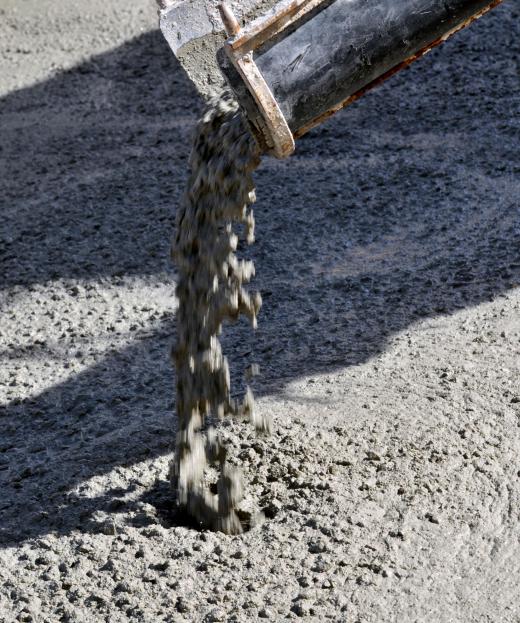
Cement is made from limestone, calcium, silicon, iron, and aluminum, among other ingredients. This mixture is heated in large kilns to about 2,700°F (1,482°C) to form a product known as clinkers, which roughly resemble marbles. These are ground into a powder and gypsum is added, creating the gray flour-like substance known as cement. When water is added to cement, it triggers a chemical process that allows it to harden.
Portland Cement
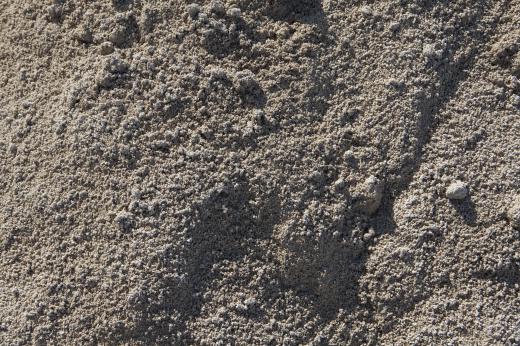
There are many different types of cement, but the type most commonly used in construction is Portland cement. Joseph Aspdin of Britain developed the building material in the 1700s, when he found that adding clay to limestone and superheating the mixture allowed the resulting blend to set anywhere. Portland cement is a type of hydraulic cement, which means that when water is added, it starts a chemical reaction that is not dependent on how much water there is. This allows the cement to harden underwater and remain strong even in wet conditions. The different types of hydraulic cement are primarily used in concrete and mortars.
Concrete
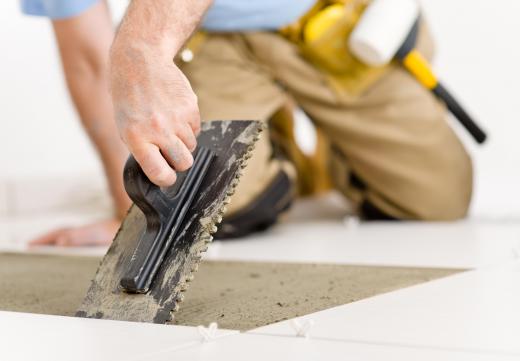
Concrete, in contrast, is a masonry material that uses cement to bind together crushed stone, rock, and sand, also called aggregate. Cement makes up from 10% to 15% of the total mass of concrete; the exact proportions vary depending on the type of concrete being made. The aggregate and cement are mixed thoroughly with water, which starts the chemical reaction causing the cement to harden and set. Before this happens, the concrete mix can be poured into a mold so that it will harden in a specific shape, be it a block or a slab.

The amount of time it takes for concrete to set depends in part on how much gypsum is added to the mixture. This time can be accelerated by adding calcium chloride or slowed by adding sugar. These compounds work by affecting the development of the hardening crystals that form as concrete sets. Concrete that is exposed to freezing and thawing conditions may have additional chemicals added to help prevent cracking.
Concrete and Cement Ratios
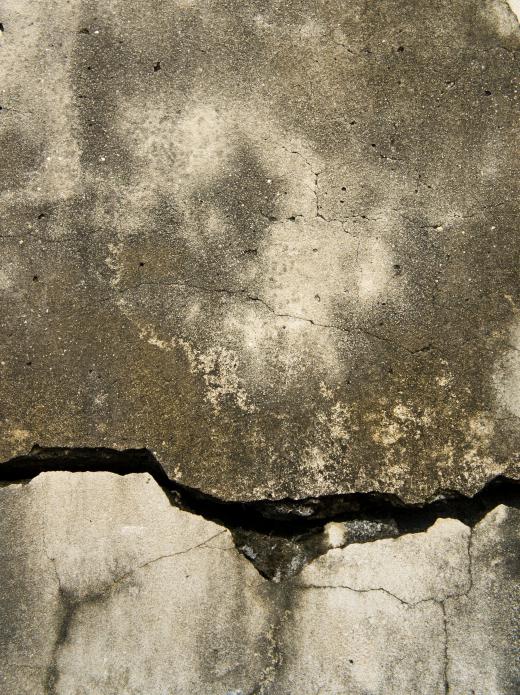
The properties of concrete depend a great deal on the ratio of aggregate-to-cement-to-water in the mix. The water-to-cement ratio is the most important, as too little water will make the concrete mix difficult to work with, while too much will weaken the final product. This ratio is calculated with the following equation:
In this calculation, r is the ratio, qH2O is the quantity of water in US gallons, and Wc is the weight of cement in pounds. A ratio of at least 0.25 is required for concrete to harden, while values of 0.35 to 0.4 are typical for most applications.
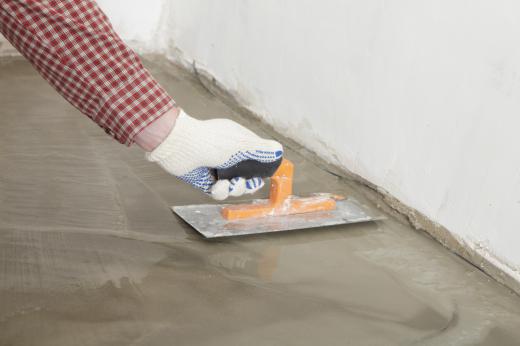
Aggregate is also important, as it makes up more than 60% of a concrete mix — and up to 80% in some cases. Larger rocks require less concrete, which means less water is needed, and a stronger final product can be made. Aggregate is also less expensive than cement, so a higher percentage can lower the cost. Generally speaking, a good aggregate has a combination of rocks of many different sizes, with a specific average and maximum size; these stones must be clean and durable, and should not contain clay or other minerals that can absorb water.
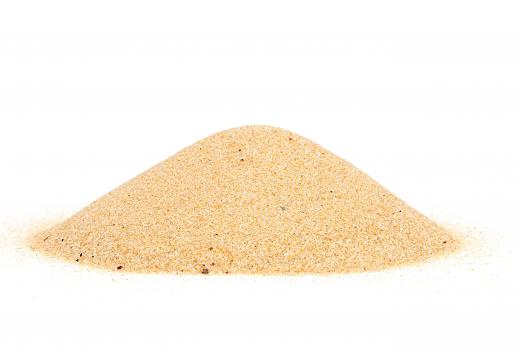
Concrete's high rock content makes it extremely durable, and it often is used in swimming pool decking, skyscrapers, subways, and lamp posts, as well as sidewalks, driveways, and roads. The ingredients in both concrete and cement are among the most abundant on Earth, and both can be recycled. Cement production does require a large amount of energy, however, because of the high temperatures required and the industry has been criticized for its contributions to carbon dioxide emissions.
